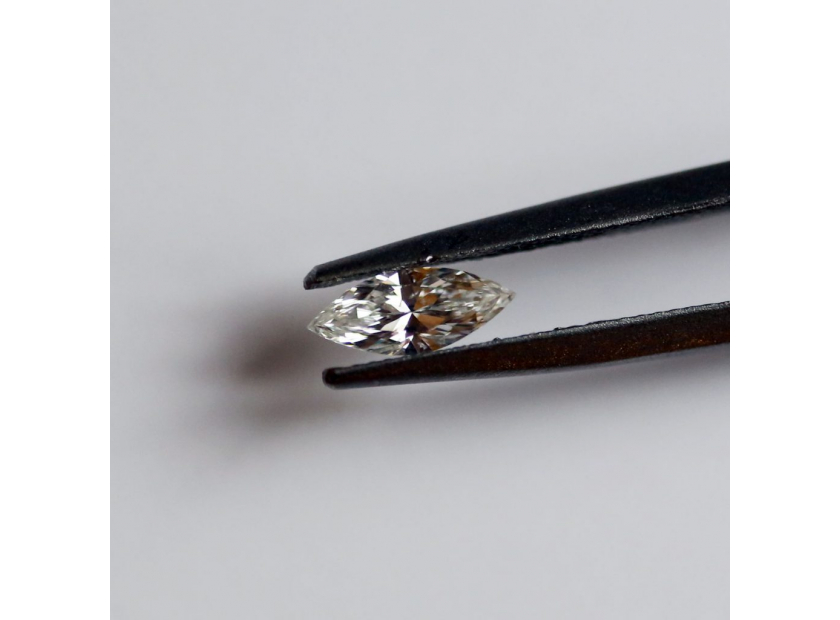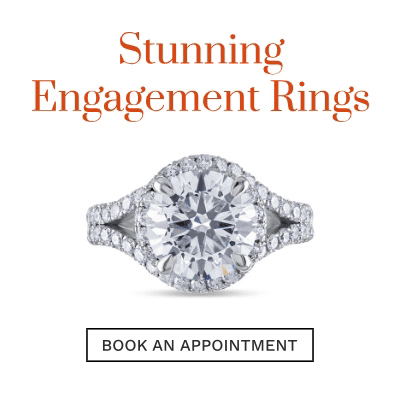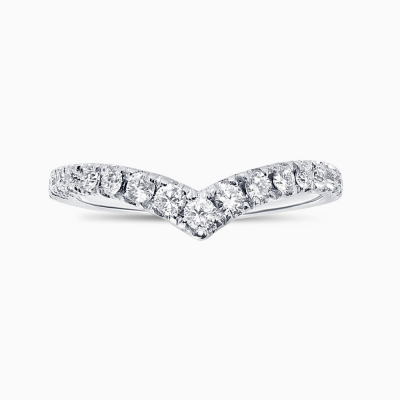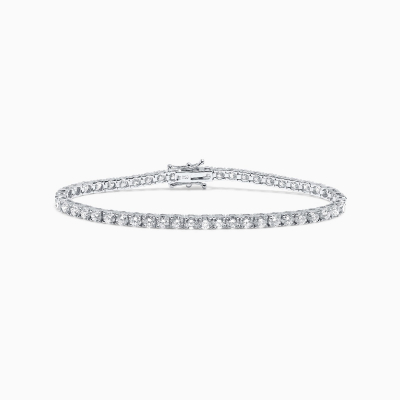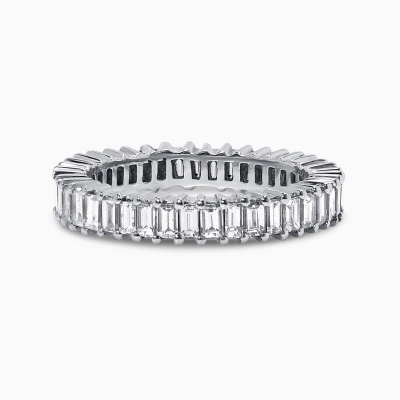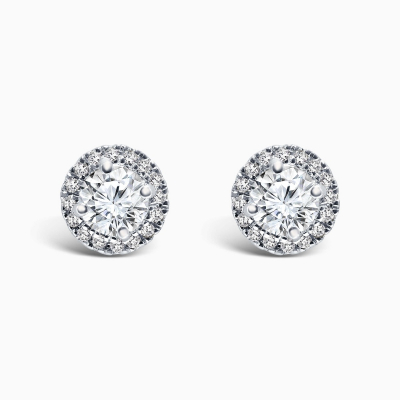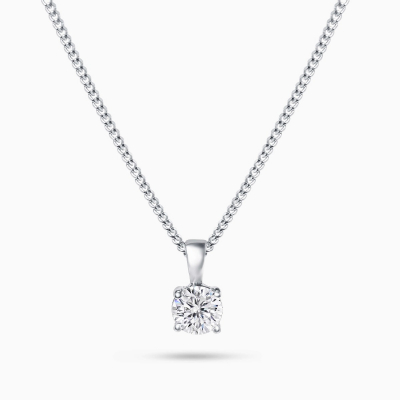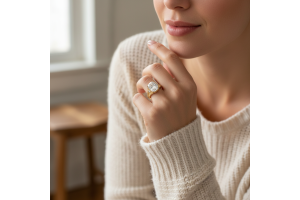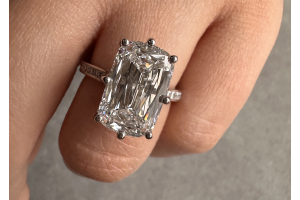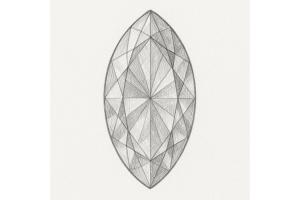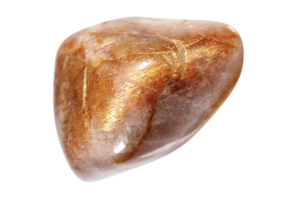GBP
/
GBP
/
Shipping to:
Currency:
How To Tell If A Diamond Is Fake
As diamond experts one of the questions we get frequently asked is how to tell if a diamond is real or a fake! The bad news is that if you are not familiar with the structure and components of a diamond you may be led to think that a gemstone is a diamond when it is in fact an entirely different stone such as moissanite or cubic zirconia.
In addition, it is almost impossible to spot a fake from areal diamond with the naked untrained eye as there is virtually nothing that you can feel or see to help you spot the difference. For this reason it is essential to know how to spot a fake diamond and the good news is that there are a number of simple tests that that you can carry out that can help you to spot a fake diamond. Of course no single at-home test should be regarded as conclusive proof either way, and we always recommend that you contact an expert such as the highly experienced team here at Reve Diamonds as we have professional experience and equipment to confirm if a diamond is real or fake. Here are some simple tests that you can carry out to help you spot a real from a fake diamond:
Look at the diamond and setting through a loupe
A loupe is a magnifying glass that you can buy at most jewellers and this piece of equipment will let you take a closer look at your prospective diamond and its setting. When looking at real diamond you will notice that due to the fact that diamonds are created by natural processes there will be some imperfections in the carbon. A fake diamond would not show such inclusions and would look to be perfect. It should be noted that laboratory grown diamonds will also appear to be perfect when viewed through the loupe, and therefore you need to exercise some degree of caution when discarding perfect gems as fakes so ensure that you bring the stone to an expert. Also observe closely the edges of the diamond as a real diamond will have sharp edges whilst a fake will show some rounded edges and fake diamond generally show abrasions or scratches.
Lastly look at the settings and mounting of the stone in question. Take note of any marks that show what metal was used and if the metal is gold plated or silver there is a very high possibility that it is not a real diamond as no jeweller worth his/her salt would mount a true diamond in a cheap metal. The vast majority of diamonds are mounted in gold or platinum. Look inside the ring’s centre for markings e.g. the notes 10K, 14K, and 18K indicate the type of gold used and the markings PT and Plat refer to platinum. If you see a number such as 585, 770, 900, and 950, those markings also indicate platinum or gold as well. A ‘C.Z.’ stamp or engraving indicates that the gemstone is a cubic zirconia, and not a real diamond. In addition if the setting itself looks to be of poor quality, this probably indicates that it is not going to be a real diamond.
The fog test
For the fog test, hold the diamond or ring between two fingers and breathe on it with a puff of air the same way that you would if you were fogging up a bathroom mirror. A light fog will form on a fake diamond for a short time due to the moisture and heat in your breath, whereas a real diamond will not because it won’t retain the heat as real diamonds effectively conduct heat and therefore disperse heat quickly.
The rainbow test - hold the gemstone in the light to see how it sparkles
Diamonds reflect light in a very unique way. Inside the stone, the diamond will sparkle gray and white which is known as ‘brilliance’, while outside of the gem, it will reflect rainbow colours onto other surfaces and this effect is referred to as ‘fire’. A fake diamond will have rainbow colours that you can see inside the diamond and in fact moissanite and cubic zirconia, the two most common diamond simulants, actually throw more rainbows and more fiery stuff than a real diamond ever will as they are both slightly more refractive than real diamonds, hence that extra fire.
Explore Our Collections
The water test
Find a normal sized drinking glass and fill it ¾ of the way with water. Carefully drop the loose stone into the glass. If the gemstone sinks then it is a real diamond but if it floats underneath or at the surface of the water, you have a fake diamond. A real diamond has high density, so the water test shows if your stone matches this level of density.
Heat the stone and see if it shatters
Diamonds are made of incredibly strong material and are unresponsive to high heat. To carry out this test use a glass full of cold water and use a set of plyers or heatproof gloves hold the stone. Heat the stone with a lighter for approximately 40 seconds, then it directly into the glass of cold water. If the stone shatters, it is made of weaker components and is not a real diamond. This is due to the quick expansion and contraction of heat, and weak materials like glass or cubic zirconium will crack and break. A true diamond will show no reaction as diamonds are one of the strongest materials on the planet so by their nature are resistant to such heat tests as they will disperse heat quickly and be unaffected by the change in temperature.
Test the stone’s refractivity
This test is most effective on loose diamonds. To test the diamond’s refractivity you can simply use the newspaper or ‘read-through’ effect. Place the stone flat side down onto the page of a newspaper with lots of text/lettering. Ensure the lighting is bright and that no objects or people are casting a shadow on the diamond. If you are re able to read the letters of the newspaper, even if it is a bit blurry, the diamond is a fake. If the diamond is real, its facets will refract the light in different directions, rather than in a straight line and due to this refraction of light, you will not be able to clearly see through the diamond to read the newspaper. Alternatively if you do not have newspaper to use, then the dot test is an excellent alternative.
Place a white piece of paper on a flat surface and draw a small dot with a pen. Lay the stone onto the dot with the flat side down. Look down onto the paper through the pointed end of the diamond. If you can a circular reflection inside the gemstone, the stone is a fake. If you cannot see the dot or a reflection in the stone, then the diamond is real. While various tests can be used to tell if a diamond is real, we strongly advise that you use the services of a professional diamond expert assist you in determining if a diamond is genuine. Bringing your stone to a diamond professional will give you peace of mind, because several proven methods and tools are used to determine if a diamond is real such as using a thermal conductivity probe (aka “The Diamond Tester), testing with high profile weighing, using electrical conductivity, examination under a microscope or by x-ray. Of course the way to avoid buying a fake diamond is only to buy from a reputable source and to ensure that your diamond or item of diamond jewellery comes with a legitimate GIA or IGI certificate and to ensure the diamond matches the certificate.



